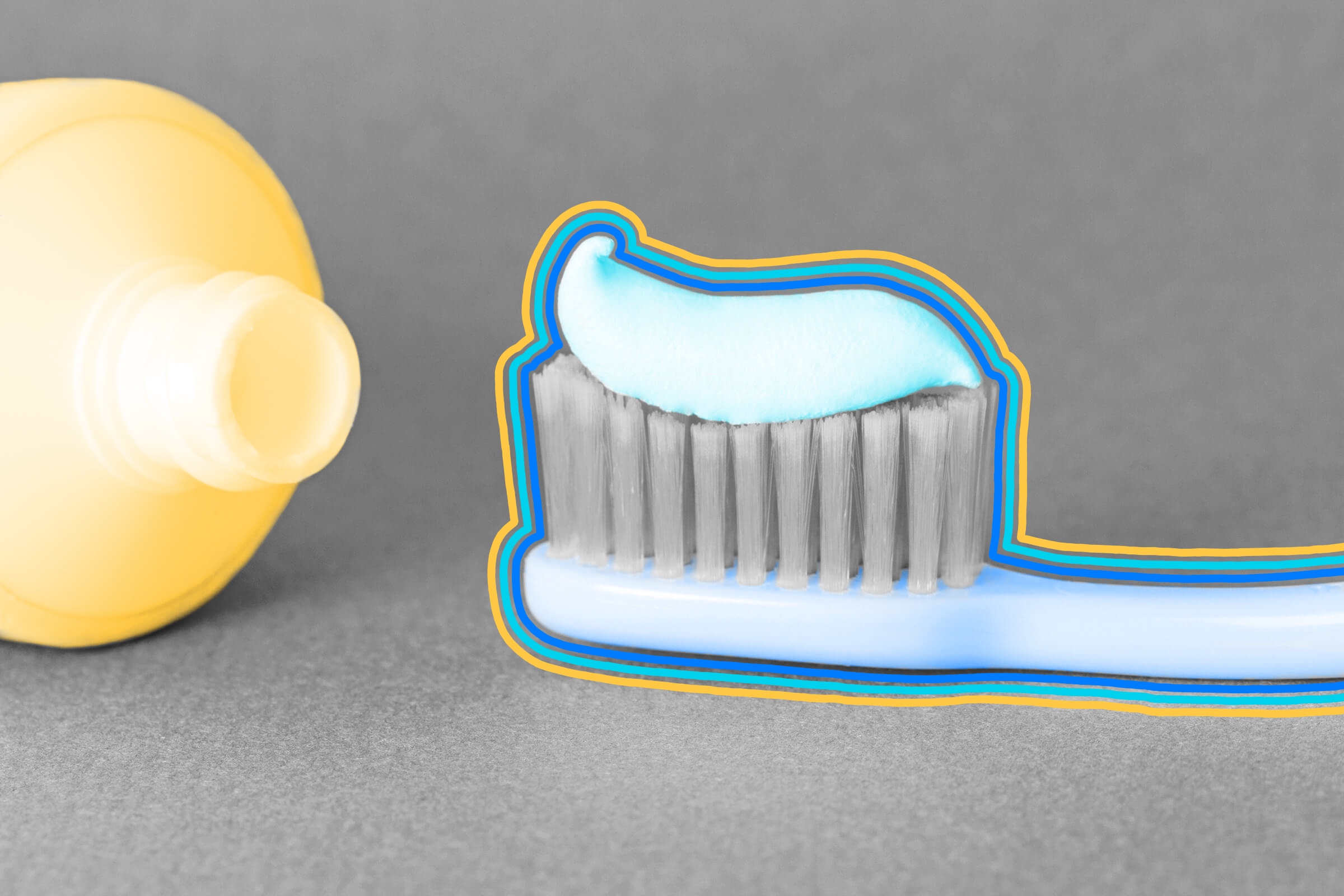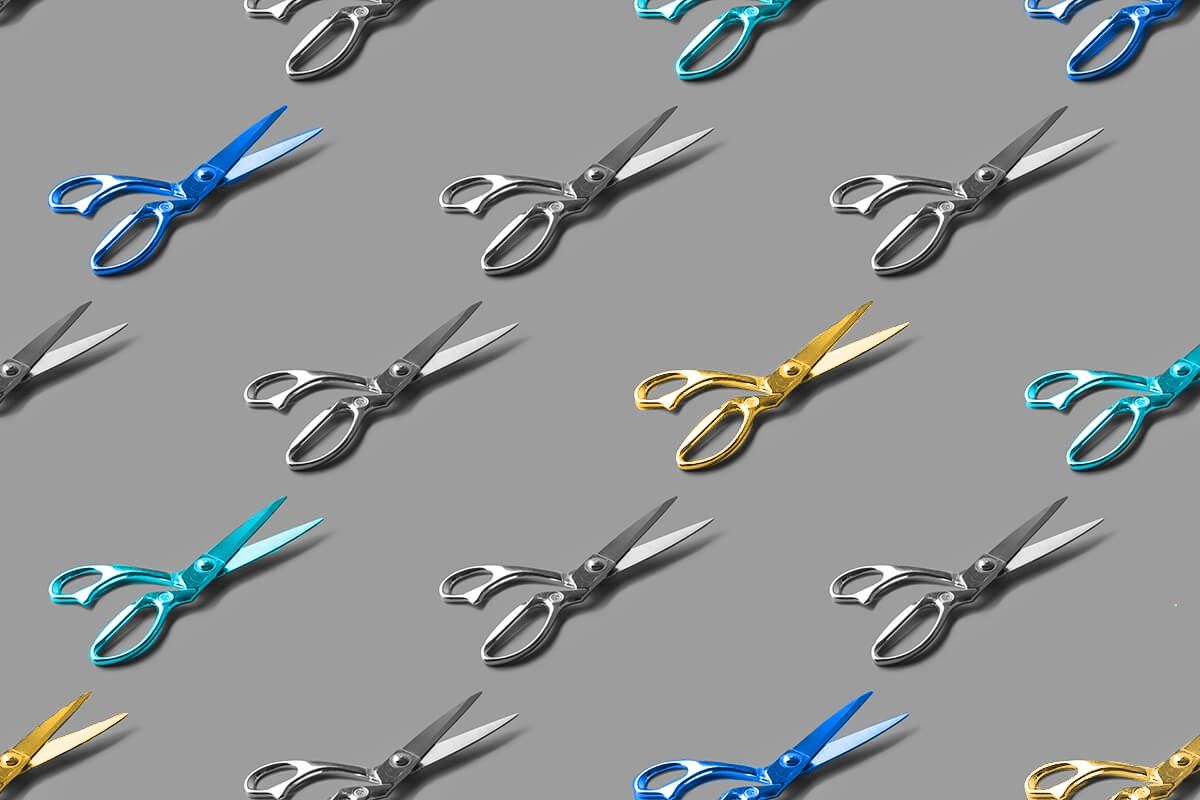
Toothpaste was invented by the ancient Egyptians.
The ancient Egyptians are known for many firsts. Hieroglyphics, papyrus, the calendar, and even bowling all come from the minds of the ancient people along the Nile. Egyptians were also some of the first to pay particular attention to oral care. They invented the first breath mint, toothpicks have been found alongside mummies, and they created the oldest known formula for toothpaste.
One of the earliest medicinal texts, the Ebers Papyrus contains an astoundingly accurate understanding of the human circulatory system as well as an assortment of medicinal remedies. Written around 1550 BCE, this ancient text also describes an ancient form of toothpaste. This early dentifrice was likely made from ingredients such as ox hooves, ashes, burnt eggshells, and pumice (a type of volcanic rock), but by the fourth century CE, when Egypt was under Roman rule, the recipe evolved to include salt, pepper, mint, and dried iris flower, based on descriptions in another papyrus. Egyptians may have applied the paste with toothbrushes made from frayed twigs.
Although Egyptian toothpaste may seem unrecognizable compared to the science-y sounding ingredients found in modern tubes of Colgate or Crest, these ancient toothpaste recipes essentially do the same thing. Modern toothpaste uses materials known as abrasives to remove gunk from teeth, lessening the potential for decay and cavities. While Egyptians used salt and pepper (or pumice) for this task, today we use hydrated silica for that same abrasive purpose — though thankfully it’s gentler on our gums. And the mint the Egyptians used helped freshen their breath, just as today’s mint-flavored toothpaste does. So while our modern tubes of toothpaste are a relatively modern creation, cleaning our teeth is a habit that goes back at least as far as the ancients.
Every year millions of people get braces or have their wisdom teeth pulled. That’s because there isn’t enough dental real estate in the average human mouth. Although a boon for the dental profession, humanity’s mass malocclusion (or misalignment of teeth) wasn’t always this way. In our distant past, before we put down the hunting bow for the dirt-churning plow, human jaws comfortably accommodated all the teeth in our mouth. Yes, even our wisdom teeth. A study in 2015 analyzed the lower jaws of 292 skeletons ranging from 28,000 to 6,000 years old — an age range that straddles our adoption of agriculture some 12,000 years ago. Scientists noticed that early farmers had smaller jaws than their hunter-gatherer forebears. This is likely because before agriculture, Homo sapiens chomped hard-shelled nuts, uncooked vegetables, and tough meats, which required larger, stronger jaws. With the advent of farming, diets consisted of softer foods like beans and cereals, causing the size of the human jaw to decline over time because it’s not subject to the same amount of chewing time. Although our jaws are smaller, our number of teeth has remained the same, leading to the dental traffic jam experienced by millions today.

